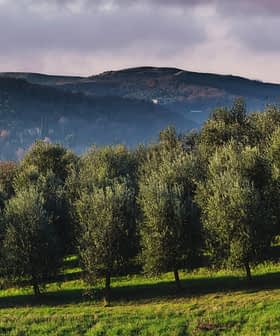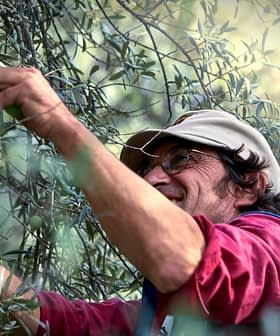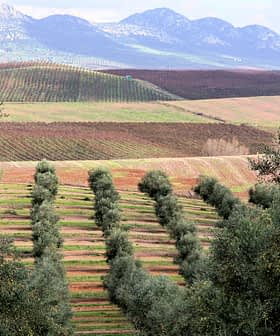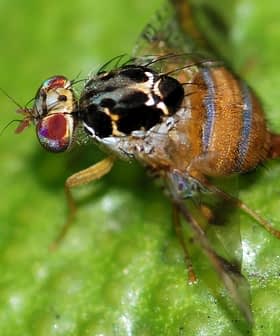The Alert and Phytosanitary Information Network of Andalusia (RAIF) has classified olive moth infestation levels in the region as “very low,” with an incidence of approximately half that seen in April 2021, although the organism has been detected in all eight provinces.
Data from the Andalusian regional government show that olive trees in the western provinces are in a more advanced phenological growth stage, with isolated instances of flowering (BBCH-scale stages 60 to 61) already observed in Huelva, Cádiz, Seville and Córdoba; and petal fall (BBCH-scale stage 67) observed in certain early-flowering varietals in Seville and Cádiz.
See Also:Researchers Reintroduce Bats to Andalusian Olive Groves to Combat PestsIn Andalusia as a whole, however, most trees have been recorded as being between BBCH-scale stages 52 to 59, with flower clusters still developing. Because of the relationship between the olive moth life cycle and the phenological development of its host, the incidence of anthophagous (flower-eating) generation moths is correspondingly low.
As of April 27, no such activity had been observed in either Granada or Jaén, 0.7 percent infestation was recorded in Seville and Córdoba; and 0.2 percent in Málaga. These levels are exactly half of those recorded in the final week of April 2021. The only exception to this low incidence is the province of Cádiz, which recorded an average of 4.2 percent.
Despite most trees in Andalusia still being in the pre-flowering stages, however, the average incidence of phyllophagous (leaf-eating) generation olive moths is also very low, ranging from just 0.1 percent recorded in Cadiz, to a maximum of 1.2 percent in Málaga and Granada.
In an official statement, the agency concluded that the pest “is beginning its activity, with very low and incipient damage in the most phenologically advanced plots in almost all provinces, except for Granada and Jaén, where its activity is still null. We could say that we are in a period of transition between the phyllophagous and anthophagous generation.”
As a means of biological olive moth control, RAIF recommends the release of lacewing larvae into groves at BBCH-scale stages 50 to 59.









